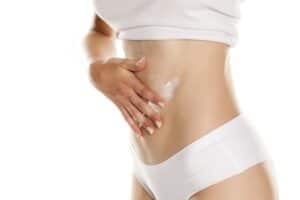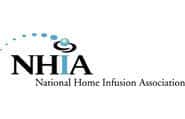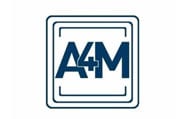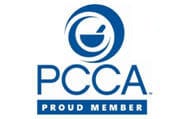Introduction
Aminophylline / Glycyrrhetinic Acid Fat Loss Cream is a professionally compounded topical formulation used in aesthetic and wellness medicine to support localized fat reduction and body contouring. It combines two active ingredients—Aminophylline and Glycyrrhetinic Acid—to enhance microcirculation, promote lipolysis (fat breakdown), and reduce the appearance of stubborn fat deposits and cellulite. This product is for use under medical supervision and is not FDA-approved for weight loss.
What It Is
Aminophylline is a derivative of theophylline that works as a smooth muscle relaxant and phosphodiesterase inhibitor. It increases levels of cyclic AMP (cAMP) in fat cells, activating enzymes that help break down stored fat.
Glycyrrhetinic Acid is an extract derived from licorice root. It helps regulate cortisol activity within fat tissue by inhibiting an enzyme that promotes fat storage, reducing local inflammation and preventing further accumulation of fat in treated areas.
When combined, these two ingredients act synergistically to target localized fat deposits, promote smoother skin texture, and support aesthetic contouring efforts.
How It Works
The cream is applied directly to targeted areas such as the abdomen, thighs, hips, or arms. Aminophylline penetrates fat tissue and stimulates lipolysis, releasing fatty acids for energy use. Glycyrrhetinic Acid modulates local cortisol activity, reducing fat storage and improving the overall tone of the skin. Together, they improve circulation, reduce inflammation, and enhance the skin’s appearance when used consistently.
Primary Benefits
Helps reduce the appearance of localized fat and cellulite.
Improves circulation and promotes smoother, tighter-looking skin.
Assists in body contouring and shaping when combined with proper diet and exercise.
Supports fat metabolism and detoxification at the tissue level.
Provides a non-invasive adjunct to aesthetic or weight management programs.
Recommended Dosage and Application
The cream is typically compounded at strengths such as 0.5% Aminophylline and 2.5% Glycyrrhetinic Acid in a 60 mL base, though concentrations may vary by clinic.
Application: Apply a thin layer (approximately 1 mL) to clean, dry skin over the target area twice daily, morning and evening.
Massage: Gently massage until fully absorbed. Avoid applying to broken or irritated skin.
Duration: Use for 8–12 weeks for best results, as directed by a medical provider.
Precautions: Wash hands thoroughly after each use. Do not use under tight bandages or occlusive wraps unless instructed.
Possible Side Effects
While generally well-tolerated, some users may experience mild reactions, especially during the first few applications.
Common, mild effects: Temporary redness, tingling, or warmth at the application site.
Less common effects: Mild itching, rash, or dryness.
Aminophylline-related: If applied over large areas, systemic absorption may cause jitteriness, mild tremor, or elevated heart rate.
Glycyrrhetinic Acid-related: Overuse may cause water retention or increased blood pressure in sensitive individuals.
Allergic reactions: Rarely, localized swelling or irritation.
Discontinue use and contact a healthcare provider if irritation persists or if systemic symptoms develop.
Precautions and Contraindications
Should only be used under the guidance of a healthcare provider or licensed medical aesthetician.
Avoid use in individuals with uncontrolled hypertension, heart disease, hyperthyroidism, or kidney/liver dysfunction.
Not recommended during pregnancy or breastfeeding due to limited safety data.
Avoid use near the eyes or mucous membranes.
Individuals with known sensitivities to xanthines (such as caffeine or theophylline) or licorice extracts should not use this product.
Conclusion
Aminophylline / Glycyrrhetinic Acid Fat Loss Cream provides a scientifically supported, non-invasive method to aid in body contouring and localized fat reduction. By combining lipolytic stimulation and cortisol regulation, it helps improve circulation, reduce inflammation, and refine skin texture in targeted areas. When used responsibly as part of a supervised aesthetic or wellness plan—alongside proper nutrition, hydration, and exercise—it can contribute to visible improvements in tone and definition.






